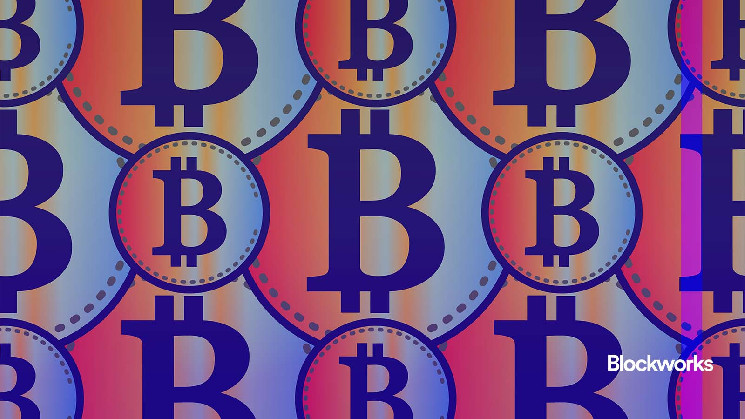This is a segment from the 0xResearch newsletter. To read the full editions, subscribe.
The rise of ‘Bitcoin DeFi’ on new networks looking to scale Bitcoin has primarily come about through Bitcoin-backed derivatives such as SolvBTC.BBN and LBTC. These derivatives receive staking rewards from Babylon, providing new opportunities for generating liquidity and returns. However, concerns about the transparency of these platforms, especially regarding the management of bitcoin reserves, have sparked debate within the Bitcoin community.
A recent article by Nubit’s co-founder, known online as Hans, has raised alarms about the potential for unsecured reserves and total value (TVL) inflation on platforms like Solv. These concerns highlight broader risks in the bitcoin-backed derivatives space, especially as market volatility continues.
SolvBTC is minted by depositing BTC or variants of wrapped bitcoin, so solvBTC tokens reflect the value of the BTC in reserves 1:1.
But after that, solvBTC can be moved freely between chains and apps, making it challenging to track TVL. This led to accusations of double counting of solvBTC issuance.
Solv co-founder Ryan Chow called the claims “a smear campaign, coordinated and orchestrated” by Solv’s competitors.
SolvBTC.BBN is facing a liquidity discount that rose to 7% last week after a hack of the protocol’s X account.
Solv has promised to refund user funds lost due to the hack.
Despite these clarifications, the core problem remains that Solv, like other bitcoin-backed derivatives platforms, introduces additional layers of trust. While some transparency improvements are being made, the underlying reliance on centralized mechanisms for minting and managing bitcoin-backed derivatives adds risks for users. As @0xTindorr pointed out in an X-thread defending Solv, all bitcoin liquid staking tokens (LSTs) inherently carry additional risk.
As the bitcoin-backed derivatives market continues to grow, it will be critical that these platforms are effectively backed by reserves and thus remain transparent to maintain trust and mitigate risk. Users should remain cautious, recognizing that the promise of liquidity and returns often comes with hidden risks, especially when asset coverage is unclear.
Solv Protocol’s native token, SOLV, will launch on Binance on Thursday with a total supply of 9.66 billion and an initial circulating supply of approximately 1.48 billion at the time of listing. The token’s launch, which followed a points campaign, adds a new layer to the growing ecosystem of bitcoin-backed derivatives. It will be revealing to monitor performance in this area in light of the potential risks associated with Solv’s growing offering.
Other bitcoin derivatives issuers, including Lombard and Bedrock, have used points programs to entice deposits, often a prelude to launching a token.


